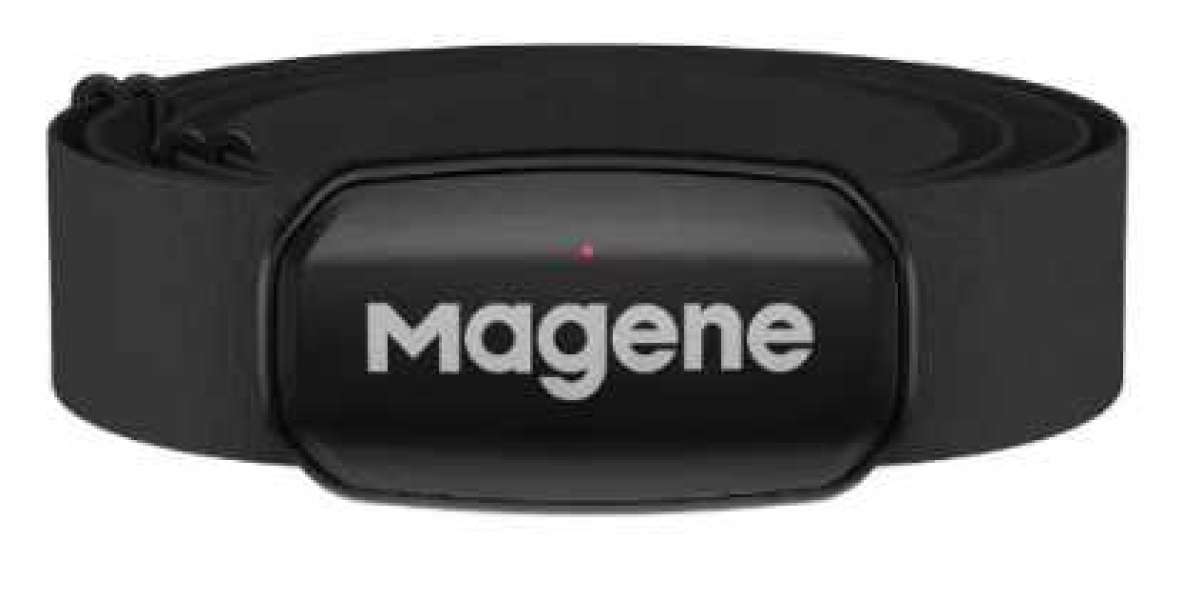Heart rate monitors are essential tools for anyone serious about fitness, health tracking, or early detection of cardiovascular issues. At PUZB, we combine innovation and usability to deliver heart rate monitor solutions that support personal health goals with accuracy and ease. Whether you're an athlete, a patient managing a heart condition, or simply health-conscious, understanding how these devices work is vital.
What Is a Heart Rate Monitor?
A heart rate monitor measures the number of heartbeats per minute (BPM). It helps users track their physical exertion and cardiovascular performance in real time. The primary types include:
| Type | Description | Usage |
|---|---|---|
| Chest Strap | Uses electrodes for accurate ECG-style readings | Preferred for athletes and trainers |
| Wrist-based | Uses optical sensors (PPG) to detect pulse | Popular in smartwatches and fitness bands |
| Finger sensors | Clips to the finger for quick, single readings | Used in clinics or home care |
Why Monitoring Heart Rate Matters
Tracking your heart rate provides insights into:
Resting heart rate: Indicates general heart health.
Maximum heart rate: Helps define exercise zones.
Heart rate variability (HRV): Reflects stress, recovery, and readiness.
How PUZB Heart Rate Monitors Stand Out
Advanced Sensors for precise tracking
Real-time Bluetooth Connectivity with health apps
Long Battery Life for extended monitoring
Comfortable and Lightweight designs for daily wear
Data Encryption for secure health records
Target Heart Rate Zones Chart
| Age | Max HR (Estimated) | Moderate Zone (50–70%) | Intense Zone (70–85%) |
|---|---|---|---|
| 20 | 200 | 100–140 BPM | 140–170 BPM |
| 30 | 190 | 95–133 BPM | 133–161 BPM |
| 40 | 180 | 90–126 BPM | 126–153 BPM |
| 50 | 170 | 85–119 BPM | 119–145 BPM |
| 60 | 160 | 80–112 BPM | 112–136 BPM |
Using PUZB Heart Rate Monitors Effectively
To maximize results:
Wear the device snugly on your wrist or chest.
Sync with your fitness or health tracking app.
Record sessions for trend analysis.
Use data to adjust workout intensity or detect unusual patterns.
FAQs About Heart Rate Monitors
1. How accurate are PUZB heart rate monitors?
PUZB devices use PPG and ECG technologies tested in clinical settings, offering over 95% accuracy during rest and physical activity.
2. Can I wear a heart rate monitor all day?
Yes, especially wrist-based PUZB monitors, which are designed for all-day use. They are lightweight, skin-friendly, and feature adaptive tracking modes.
3. Do PUZB heart rate monitors detect arrhythmias or irregular rhythms?
While not a diagnostic tool, advanced models offer irregular heartbeat detection and alerts, which you can share with your physician.
4. What fitness apps are compatible with PUZB monitors?
PUZB supports major apps like Google Fit, Apple Health, Strava, and proprietary platforms that offer detailed performance metrics.
5. How is the battery life of PUZB devices?
Battery life varies by model, ranging from 5 to 14 days on a single charge with continuous monitoring.
Quick Comparison Table: PUZB Heart Rate Monitors
| Model | Sensor Type | Display | Battery Life | Waterproof | Ideal For |
|---|---|---|---|---|---|
| PUZB FitBand X | Optical PPG | Touchscreen | Up to 7 Days | Yes | Everyday Users |
| PUZB ProPulse | ECG + PPG | OLED Display | Up to 10 Days | Yes | Athletes, Professionals |
| PUZB LiteTrack | Optical PPG | LED Indicator | Up to 5 Days | Splash-proof | Beginners, Casual Use |
Tips for Heart Rate Training
Warm-up before checking high-intensity metrics.
Stay hydrated to improve reading stability.
Check trends weekly rather than focusing on daily fluctuations.
Avoid caffeine and smoking before measurement.
Ensure full skin contact for accurate data.
Final Thought
A heart rate monitor is more than a fitness gadget — it’s a gateway to better heart health. PUZB combines user-friendly designs with medically relevant features to ensure you don’t just track your heart, you understand it. With reliable data, personalized insights, and long-term performance, it’s your partner in every heartbeat.



